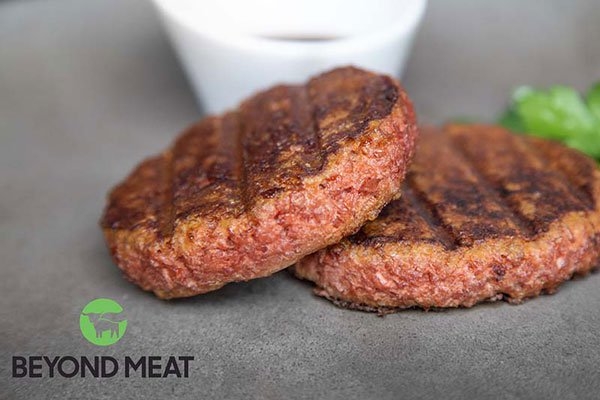
With global warming, environmental issues are being considered more seriously than ever. And environment damaging aspects of traditional sources of nutrients, especially protein, has come under scrutiny. With such scrutiny has come a need for an alternative source, leading to food engineering gaining popularity and attention. Presently, the most common source of protein is slaughtered animal meat, but three alternatives are trying to change the narrative.
In 2013, the concept of cell-based meat, also called cultured meat, was made public. The introduction of cell-based meat for the first time introduced a viable meat replacement by producing them through vitro cultivation of animal cells in labs. Such meat produces 78 to 96 percent lower greenhouse gas emissions, uses 99 percent less land, and uses between 82 and 92 percent less water. However, due to limited resources invested, commercialization has not been achieved yet.
In 2017, headlines were recently made when a research team made bread out of cockroach flours which contained 40 percent more protein than normal flour. Due to it containing a large amount of essential amino acids and some lipids and fatty acids as well, it was a cheaper and yet more nutritious alternative.
The cockroaches that are used are sanitized and grown in labs, however, people are hesitant to eat them and the perception of cockroaches being repulsive still lingers and people veer away from them. Because of such cultural issues, the spread of such technology and researches are being delayed and it is expected to take quite a long time for people to accept them.
Now in 2019, plant-based meat is on the rise. Plants are not perceived repulsively and more readily available than cells. Plant-based meats were generally for vegans and has been around for decades but were not considered a major alternative. Now, the idea is gaining traction with meat eaters as well and is being considered as a serious competitor to traditional real meat. One innovator in the field is “Beyond Meat”, a producer of plant-based meat alternatives marketed to meat eaters. The company’s goal is to create a meat alternative that would reduce the 320 million tons of carbon dioxide a year produced from food-raised livestock and their milk powder.
Compared to a normal beef burger, burgers made with from alternative sources uses 99 percent less water, 93 percent less land, 90 percent fewer carbon dioxide emissions, and 46 percent less energy. All the alternatives had similar upsides, but in contrast with the cockroach and cell-based alternatives, ‘Beyond Meat’ and plant-based meat is already commercialized. Their influence is increasing as they are being used by major fast food industries like KFC, Burger King, and Del Toro. Also, the health aspects of the alternatives is pushing more people to consume them, further fueling the increase of the market size and availability.
As of right now, all three alternatives are viable and good for the environment, or at least better than the traditional meat. However, other than the cockroach-based protein, whether it be cell-based or plant-based, the alternatives are not yet ready to replace the traditional slaughtered animal meat, due to their price and rarity. However, the plant-based meat market is growing steadily, and recent trends seem to point to a future where alternatives are readily available and ready to take over.


